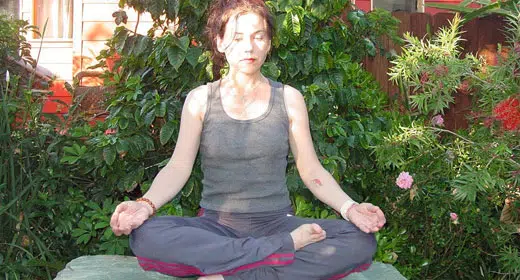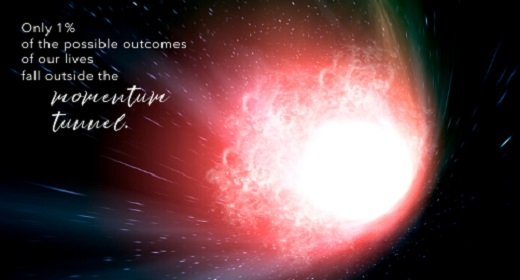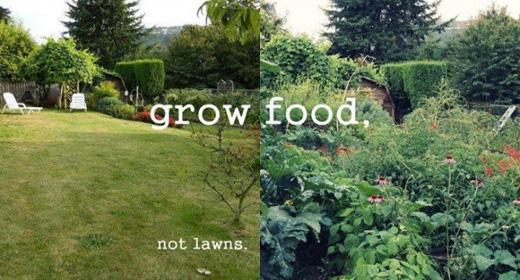by Kayse Budd, M.D: As a holistic psychiatrist many of my patients ask, “How can I love myself more?”
Our inability to love and accept ourselves plays a large role the mental health crisis on the planet. We reject our appearance, our abilities in mind or body, our challenging personality traits, our family backgrounds, the conditions of our upbringing, our jobs, our bank account, and our relationship status. Most of us feel we are just never enough.
How can we improve this problem? More self-love! Self-love has endless benefits for mind, body, and spirit. One of the most important benefits is that it facilitates compassionate acceptance of our “shadow side.” An integrated view of the self, with space for strengths and weaknesses, shadow and light, leads to profoundly positive changes in our relationship with ourselves and our experience of the world.
What is Your Shadow Side?
A person’s “shadow side” is the part that is denied, suppressed, or hidden from view. It is a sort of dark counterpart to the light, love, and positivity within our psyches. Our shadow side holds the anger we all carry–the resentment, pain, and trauma. It is the home of our wounds, the parts of ourselves we dislike or disown, the pieces we don’t want to see.
People’s shadow sides are partly unconscious and partly conscious, depending on how much personal work (or psychotherapy) someone has done. In the physical world, shadows are spaces where light doesn’t pass. This happens because the object casting the shadow blocks the incoming light. A psychological shadow is similar. Light (love) is blocked by your own mind (fear). This is done as an attempt to protect the self from pain.
This sort of self-protection by suppression or repression works somewhat, especially when we are young. When we are older, however, complexities mount. Failing to investigate and make peace with (integrate) our different aspects can cause significant suffering and distress.
Integration Is Key
Learning to manage our own negativity (and the world’s collective negativity) is part of the spiritual growth process. One useful way to approach this task is to see it as one of “integration.” Your shadow side and rejected traits, wounds, or inner dragons do not necessarily need to be removed or slayed. They just need to be woven into an overall harmonious self-concept. In other words, you need to evolve your relationship with your shadow so you can view it as part of the comprehensive spiritual fabric of your soul in this lifetime.
As we grow physically, spiritually, and mentally, we often develop the “internal resources” needed to acknowledge, rather than avoid, the more difficult aspects of our lives. The key internal resource I’m talking about is self-love.
Other helpful inner resources include the ability to see the positive side of things, the ability to cultivate hope, the ability to look for the lesson in a situation and understand how it might facilitate growth, the ability to greet your own mistakes with forgiveness, and the ability to stabilize (nurture) your energy or emotions in healthy ways (such as with yoga, meditation, time in nature, creative pursuits, music, aromatherapy, exercise, herbs, etc). If you can develop any of these internal resources, you’re on the path of love.
Developing self-love is ultimately about CHOOSING to accept yourself and your life as it is, trusting that it is that way for a reason. That reason is your spiritual growth.
Once we learn to love ourselves it becomes relatively easy to blend our shadow side into our lighter side. By doing this, or intending to do this, we are symbolically embracing our struggles and admitting, “I know you are helping me become a better version of myself.”
Our shadow brings depth into our being. It holds the lessons that led (and continue to lead) to strength and wisdom. The shadow is the birthplace of grace. Just like a lotus rises from the mud, true inner beauty often arises from our darkest spaces.
Steps Toward Peace
To make peace with your shadow side, try these steps:
1. Choose to see the challenging aspects of your life or yourself as the very parts that are capable of causing the greatest growth for your soul.
2. Allow this possibility to percolate, and if it resonates as true for you, start to think in terms of INTEGRATING the shadow into the light.
3. You’ll want to make space for ALL aspects of your being. In choosing to see the “negative” parts as valuable (= source of strength and grace, a teacher) you allow the possibility of them becoming a welcome part of your energy, life, and vibration.
4. When you can embrace your difficult aspects and experiences you are offering yourself compassion, a form of love.
5. After practicing this over and over, love and acceptance come more naturally—for yourself and others.
6. You may realize that it’s difficult to dislike others without disliking yourself. If you dislike another or something about another, you are possibly rejecting their shadow. Are you also rejecting your own shadow?
7. Accepting the shadow (in ourselves or others) does not mean we don’t strive towards light (and love) in thought and deed. We can notice whether our response to someone else’s shadow includes fear, anger, revulsion, or another negative emotion, similar to what we were perceiving in the other.
8. Remember, who you are is exactly who you are supposed to be—in that body, with those experiences, with that family, and with those gifts.
9. Choose to reach toward the highest possible potential for your soul in its unique set of circumstances, while simultaneously cultivating empathy for your limitations and blind spots. Blind spots are not dead ends. They are speed bumps and detours on the journey towards your own personal experience of excellence.
10. Try these mantras, especially when triggered or struggling:
- “I am okay with myself exactly as I am.”
- “I am working towards ever greater states of integration and peace.”
- “All that I am is loved and accepted.”
- “My shadow is valuable to my soul’s growth and progression.”
- “My shadow is a source of strength & transformation.”
- “By loving ALL OF MYSELF I can bring myself to a state of peace.”
- “From a state of peace, action is nearly effortless.”
- “When action is effortless and my heart is open, I have powerful possibility of reaching my potential.”










































